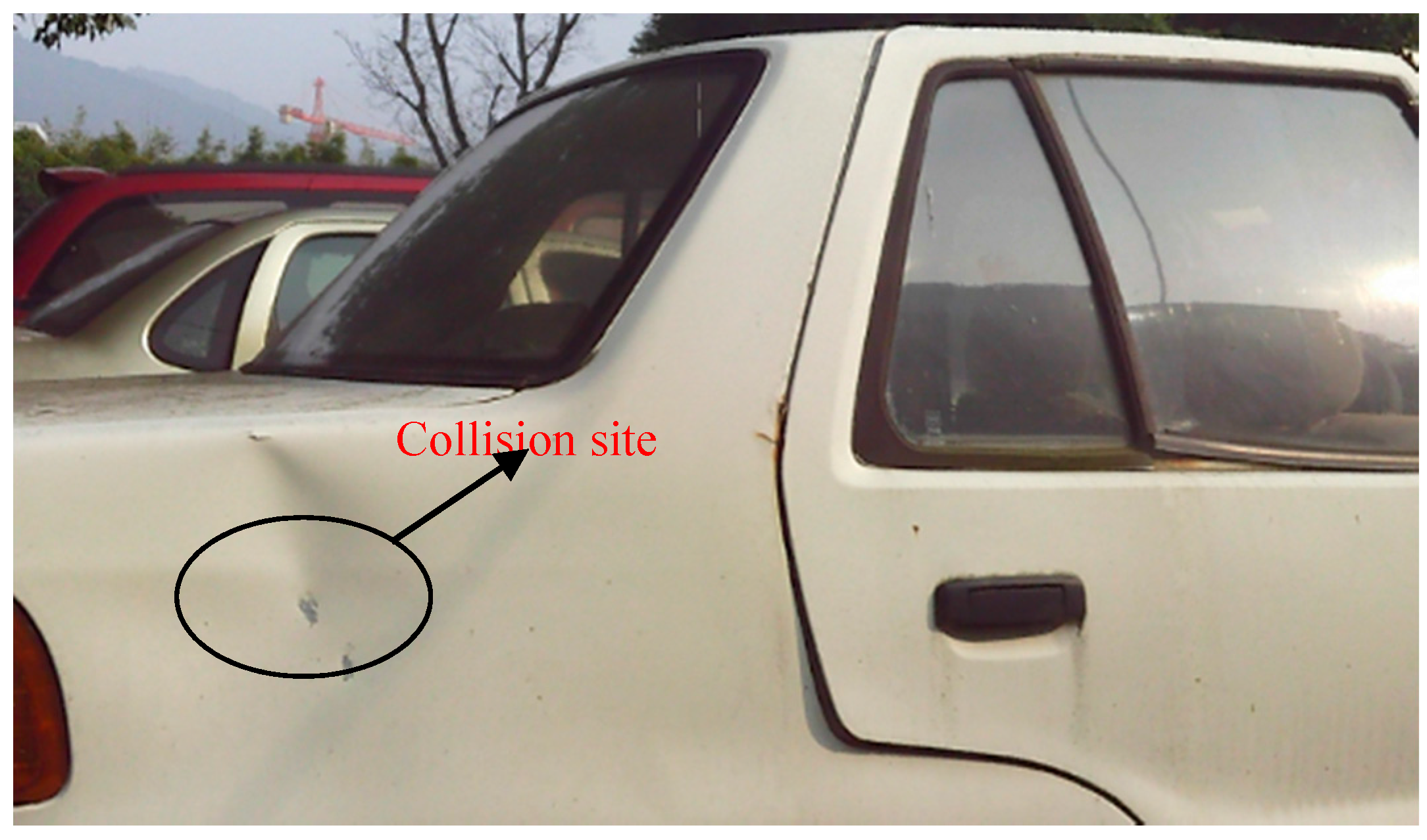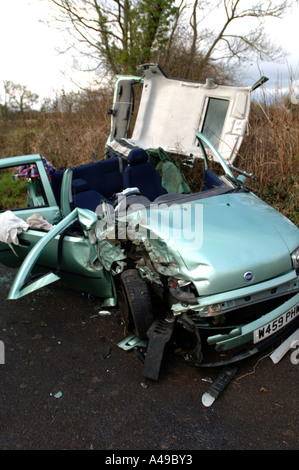

The one that sticks in my mind was a modded Renault 5 that crashed and burned back in the early 1980's.

I've had to investigate a number of deaths as a result of hot hatch crashes.

Some day I will buy an MK2 GTI and restore it (to it's stock glory), I love this car.įor now I'll have to content myself with my MK7 GTI heheĪnd such power and lack of control come at a cost, not always merely financial. Sorry, totally off subject, the shape of the car reminded me of "the good old days". What a predicament, for a few moments I truly thought I would be the first person in history to be beaten to death by a deer! Lol! It was the deer still alive and kicking to get out! The deer beat the crap out of me for several minutes until a passerby pulled the deer out. The deer killed the car and came very close to killing me as well, the deer ended up going through the windshield, after I gained consciousness I felt sharp throbbing pains on my side and face. I do wish I had the cash to do upgrades because the little 1.8L four banger was sort of a dog, the suspension also could have been a lot stiffer, but hey, I had 180K on it before a collision with a deer. It was totally stock, no stupid stickers, rims, or muffler tips. For some reason it was a chic magnet, they loved that car, guess it was "cute". I traveled all over the country in that car during my twenties. Reminds me of my 92' VW Golf MK2 that I bought for a killer price in 94'. it was everything we love about stereotypical Italian racing culture. It was flamboyant, it was violent, it was not entirely well thought-out. It had two forced induction systems, two intercoolers, and ridiculously excessive torque on the exits of slow corners. The Delta had a large, complex, fire-breathing monster in the back. It was a representation of Italian motor racing culture at the time, when the Scuderia Ferrari F1 team would instinctively turn to complex engine designs to find their competitive advantage against rivals. The engine was not the most powerful of its era, but it was smaller and lighter than its rivals and more tightly packaged in the chassis. It was the first of the Group B cars to relocate the engine to where the rear seats would normally be and the first to have a complete fiberglass body kit with mount points designed for fast and easy replacement of damaged body panels between stages. It was Jean Todt applying Formula 1 engineering culture to rally cars. If Group B was Formula 1 on gravel, then Peugeot and Lancia were the best case studies.


 0 kommentar(er)
0 kommentar(er)
